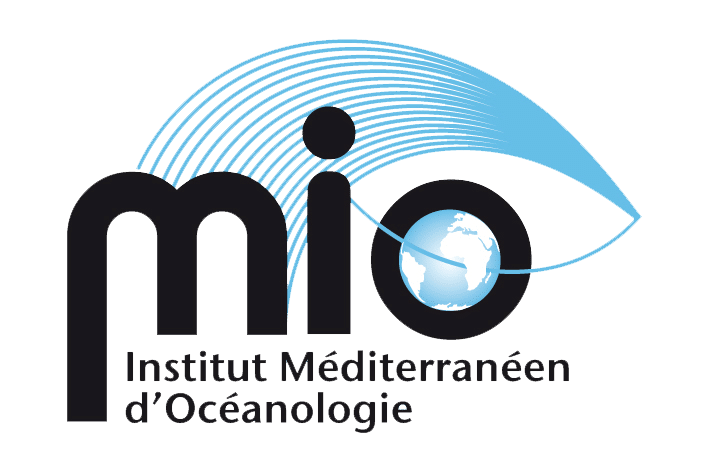The natural environment is a formidable water purification and filtering machine, and studying how it works can help not only to develop new treatment processes adapted to recalcitrant contaminants, but also to recommend new eco-design concepts to reduce pollution at source.
In the current context of combating the degradation of our water and soil resources by man-made contamination, the study of the bio-physico-chemical mechanisms that govern their behaviour in the various environmental reservoirs is a key research challenge in environmental science. This involves taking into account the flow, fate and impact of contaminants within the various stages of the water use cycle.
At different scales, colloidal particulate matter plays a decisive role in natural attenuation processes: for example, in river water, the transfer of contaminants often results from competition between their hydrodynamic horizontal transport and their sedimentation rate after attachment to colloids. In soils, or more generally in porous media, the migration of colloidal particles within the network contributes to the vectoring or trapping of associated pollutants. Studying these mechanisms helps to understand the fate of pollutants in the aquatic environment and to identify their final accumulation zones.




